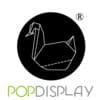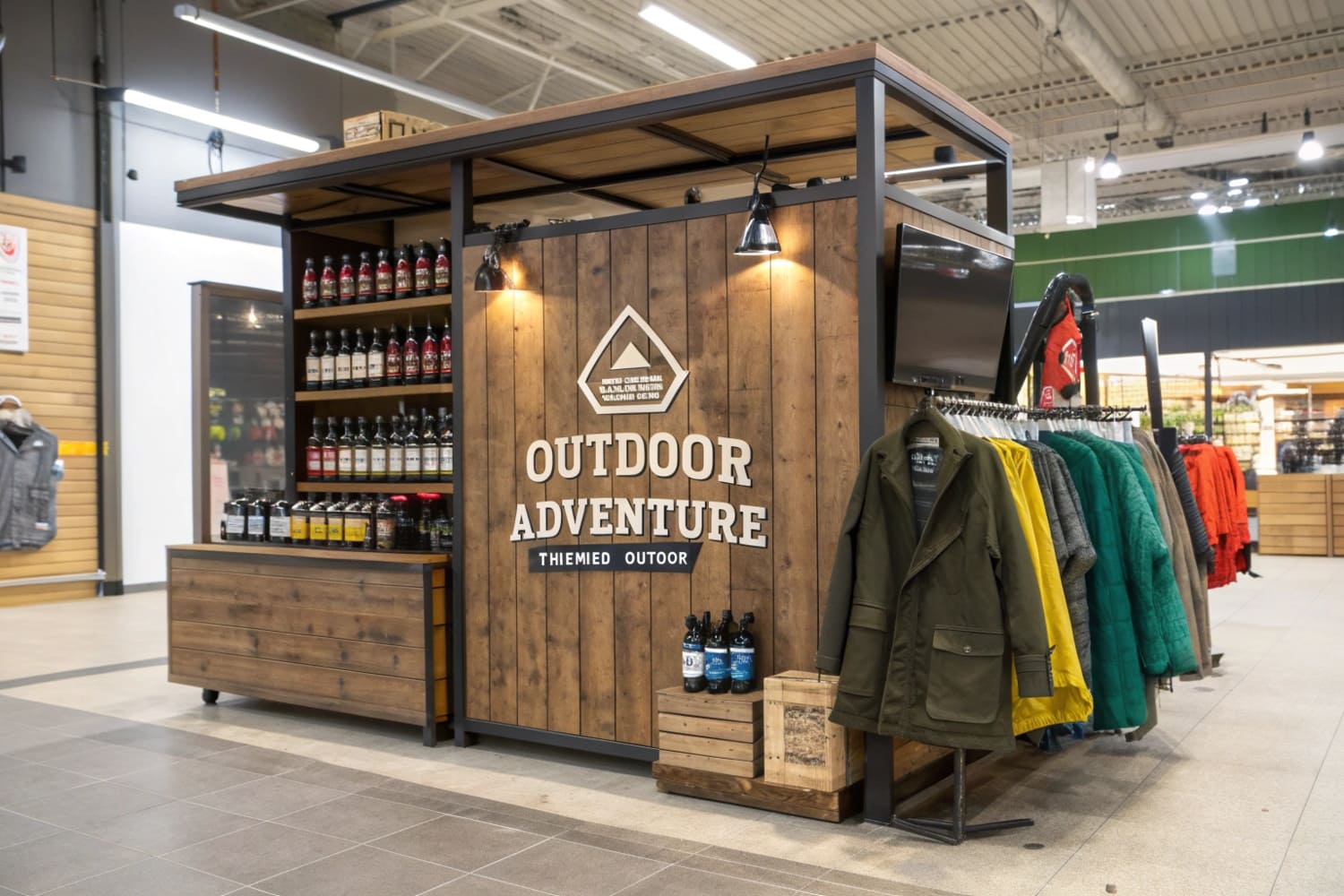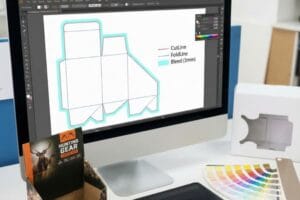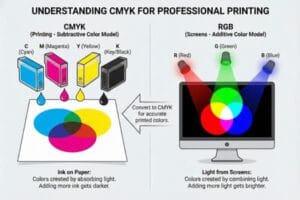Many brands lose shoppers at the shelf. Confusing messages and weak visuals make people walk past. I use custom cardboard displays to stop traffic and turn interest into sales.
Custom cardboard displays capture target audiences by matching segment needs with clear design, bold placement, and fast execution. They add reach inside stores, raise conversion at the shelf, and keep costs low.
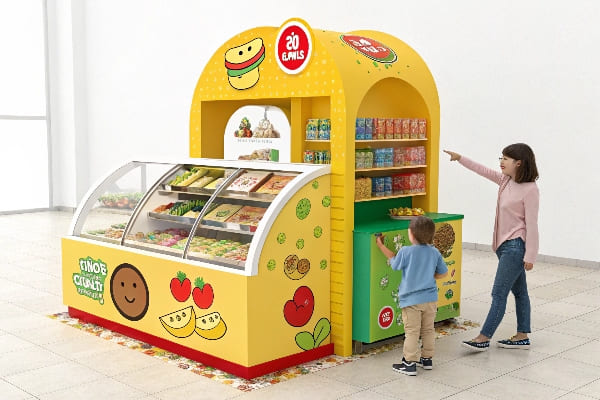
I design displays for real shoppers, not for a mood board. I start with the job to be done, then I match structure, message, and placement. I test fast and scale what works. I keep costs in line with repeat orders. I plan around lead times, compliance, and packaging limits. This keeps launches on schedule. It also protects margins in volatile paper markets. I build for sustainability because buyers ask for it, and Gen Z expects it.
How do you capture your target audience?
Many stores are loud. People feel rushed and skip choices. A display gets one glance. I capture that glance with focus, proof, and a simple next step.
I capture a target audience by matching one clear promise to one segment, putting it at a high-traffic point, and measuring sell-through, basket size, and repeat orders to refine fast.
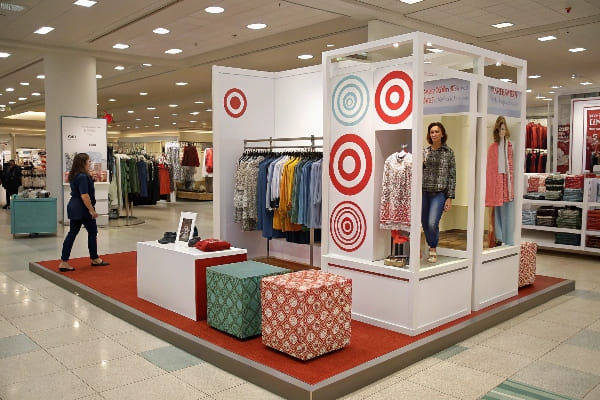
Map the buyer and the path
I trace the path from entrance to aisle to checkout. Floor POP displays1 own visibility and hold large stock, so they drive quick wins. In many POP reports, floor formats hold a large share because they hit sightlines and support new launches. Countertops catch impulse near payment2. Pallet and PDQ units work in big-box “speed lanes” like club stores. I plan messages for those moments. I keep claims simple and proof real.
Structure the message and the test
I write one headline, one visual, one proof, and one CTA. I run A/B tests3 on short digital print runs4. I lock structure after the winner is clear. I record velocity weekly. I protect repeatability with flat-pack, quick setup, and durable joints.
| Step | What I do | How I measure |
|---|---|---|
| Segment | Define primary shopper5 and use case | Traffic by zone, dwell time |
| Message | One promise, one proof | Conversion at display |
| Format | Floor, pallet, shelf, or counter | Unit lift vs. base shelf |
| Iterate | Small digital runs, rapid swaps | Time to sell-through |
How to create a custom target audience?
Data often sits in silos. Teams guess at shoppers. Creative misses the moment. I fix this by building a small, clear audience that I can reach in-store now.
I create a custom target audience by using current buyers first, adding simple signals like basket, season, and price band, then testing messages per segment until one wins.

Use the data you already have
I start with store sales, promo calendars6, and basket pairs. I add season and region. For outdoor gear7, I map hunting or camping peaks. For beauty, I track launch waves. I keep fields simple so teams can act fast. I avoid complex models at first. I use three to five personas max because staff must remember them.
Turn personas into display choices
Each persona gets tone, color, proof, and price cues. Eco-aware shoppers8 want recycled board, water-based inks, and clear claims. Value hunters9 want bundle math and bold price flags. Early adopters want newness and quick demos. I print small test runs with digital presses. I swap headers or trays without changing the base.
| Data Source | Signal | What it changes |
|---|---|---|
| POS + basket | Attach rates, price bands10 | CTA, price call-outs |
| Seasonality | Launch windows, events | Timing, stock depth |
| Region | Store size, shopper mix11 | Format choice (floor vs. counter) |
| Feedback | Staff notes, returns | Copy tone, assembly ease |
I once built three personas for a beauty client: trend seeker12, value hunter, and green advocate13. We used the same base display. We changed headers, claims, and finish. The client approved one in days. Sell-through rose in week one. The design then scaled with minimal cost.
What way can display advertising be effective?
Shoppers keep moving. Displays fight for one second of attention. Clutter kills. I keep the creative clean and let structure and placement do the heavy lift.
Display advertising is effective when the design is simple, the claim is specific, the placement matches traffic, and the display is fast to produce, easy to set up, and built to last.

Follow simple creative rules
I use a hero image14, a clear headline, and one proof point. I avoid long copy. I keep contrast high. I use brand color with restraint. I place the offer at eye level. I use QR codes only when there is a real reason, like warranty, tutorial, or AR try-on.
Match format to job
Floor displays push new lines and carry stock. Pallet units win in warehouse clubs. Countertops sell small add-ons. Shelf trays tidy chaos and lift facings. Hang tabs widen the set without crowding. In high-flow zones like Walmart or Costco, PDQ trays15 work because they are quick to drop and restock.
| Tactic | Why it works | How to track |
|---|---|---|
| One claim + one proof16 | Cuts decision time | Conversion vs. control |
| Right format | Aligns with traffic and stock | Units per day |
| Fast digital print17 | Speeds tests and swaps | Lead time, scrap rate |
| Flat-pack design | Lowers freight and damage | Setup time, returns |
I also plan for fast turnarounds and strict deadlines. Digital printing18 gives quick color passes. Good joints and coatings add durability without hurting recyclability. That keeps the unit in the store longer and protects ROI19.
Who is the target audience for display ads?
Not every shopper reads packaging. Some need a flag that says, “This is for you.” I design with that person in mind and ignore the rest.
The target audience for display ads is the high-intent shopper near the decision point, plus impulse buyers at checkout, and retail buyers who judge quality, setup speed, and sustainability.
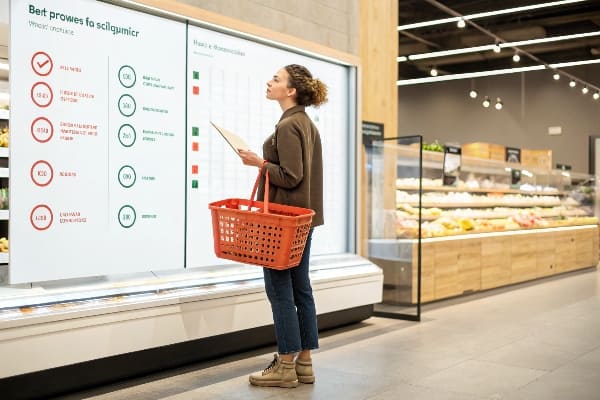
B2C segments at the shelf
I group shoppers into four simple types: mission shoppers20, explorers, value hunters21, and trend seekers. Mission shoppers want quick proof and clear specs. Explorers want demos or stories. Value hunters want bundles and price anchors. Trend seekers want newness and limited runs. For outdoor and hunting gear, I add safety facts and clear strength claims. That builds trust fast.
B2B buyers who approve displays
There is a second audience: retail buyers and merchandisers22. They value certifications, load tests, and clean assembly. They check that materials meet policies for recyclability. They look for flat-pack efficiency, barcode placement, and planogram fit. I bring test data, transport protection plans23, and setup videos. This reduces delays and avoids floor rejections.
| Audience | Need | Best display fit |
|---|---|---|
| Mission shopper | Fast proof, specs | Shelf tray with clear badges |
| Explorer | Story, interaction | Floor unit with demo or QR |
| Value hunter | Price clarity, bundles | Pallet or counter with offers |
| Trend seeker | Newness, limited run | Bold floor header, small batch |
| Retail buyer | Compliance, speed | Flat-pack kit, test reports |
I once supported an outdoor brand that launched new accessories. We used sturdy floor units24 with simple safety icons. Buyers signed off fast. Stores hit stock depth before season.
What is the main goal of display ads?
Teams argue about goals and dilute focus. A display cannot do everything. I set one goal and make the design serve it.
The main goal of display ads is to drive incremental in-store sales above the shelf baseline while building brand memory, measured by unit lift, sell-through speed, and repeat orders.

Set clear outcomes and align design
I choose one commercial outcome: speed up trial25, grow basket, or move seasonal stock. I set a simple metric and a time window. I avoid vanity goals. I log baseline sales for four weeks, then track uplift when the display lands. I keep a journal of issues: color shifts, assembly errors, or freight damage. I adjust finish and joints if stores are humid. I choose coatings that stay recyclable. I use water-based inks26 to meet buyer policies in Europe. I keep the bill of materials stable so reorders are easy. I build a small change kit for headers and copy. That lets me localize for North America, Europe, or APAC without starting over.
| Goal | Metric | Design focus |
|---|---|---|
| Trial | Conversion vs. base27 | Clear claim, demo QR |
| Basket | Attach rate | Cross-sell header, tray dividers |
| Seasonal | Sell-through speed | Stock depth, bold timing |
| Brand memory | Repeat orders28 | Consistent color, simple cues |
Conclusion
Custom cardboard displays win attention, speed trials, and lift sales. I keep goals simple, formats tight, and tests fast, so teams ship on time and scale what works.
Understanding Floor POP displays can enhance your retail strategy, driving visibility and quick sales. ↩
Exploring impulse buying can help you optimize checkout strategies and increase sales. ↩
Exploring best practices for A/B tests can enhance your understanding and execution, leading to more effective campaigns. ↩
Learning about optimization techniques for digital print runs can significantly improve your production efficiency and reduce costs. ↩
Understanding the concept of a primary shopper can enhance your marketing strategies and improve customer targeting. ↩
This resource will guide you in crafting impactful promo calendars that can boost your retail sales and customer retention. ↩
Explore this link to discover effective marketing strategies tailored for outdoor gear, enhancing your sales and customer engagement. ↩
Explore this link to understand how to effectively engage eco-conscious consumers and enhance your marketing strategy. ↩
Discover strategies to appeal to value-driven customers, ensuring your pricing and promotions resonate with their needs. ↩
Understanding attach rates and price bands can help optimize pricing strategies and improve sales performance. ↩
Exploring the impact of store size and shopper mix can guide effective retail format decisions for better customer engagement. ↩
Explore this link to discover tailored marketing strategies that resonate with trend seekers, enhancing your brand’s appeal. ↩
This resource provides insights on engaging green advocates, helping you align your products with eco-conscious consumers. ↩
Understanding hero images can enhance your design skills and improve user engagement on your website. ↩
Explore this link to understand the efficiency of PDQ trays in retail environments, enhancing your knowledge of effective display solutions. ↩
Discover how this tactic can significantly reduce decision-making time, enhancing your marketing strategy. ↩
Learn about the advantages of fast digital printing in speeding up tests and swaps, crucial for agile marketing. ↩
Explore this link to understand how digital printing enhances efficiency and quality in manufacturing processes. ↩
Learn why protecting ROI is crucial for long-term business success and sustainability. ↩
Understanding mission shoppers can help you tailor your marketing strategies effectively. ↩
Exploring value hunters’ preferences can enhance your pricing strategies and promotions. ↩
Explore this link to understand how retail buyers and merchandisers can optimize product displays for better sales. ↩
Learn about transport protection plans to ensure your products arrive safely and reduce damage costs. ↩
Explore how floor units can enhance product visibility and customer engagement in retail settings. ↩
Explore strategies to enhance trial speed, boosting sales and customer engagement. ↩
Learn about the advantages of water-based inks, including sustainability and compliance with buyer policies. ↩
Understanding conversion metrics is crucial for optimizing marketing strategies and improving sales performance. ↩
Exploring strategies for repeat orders can significantly boost customer loyalty and long-term revenue. ↩
